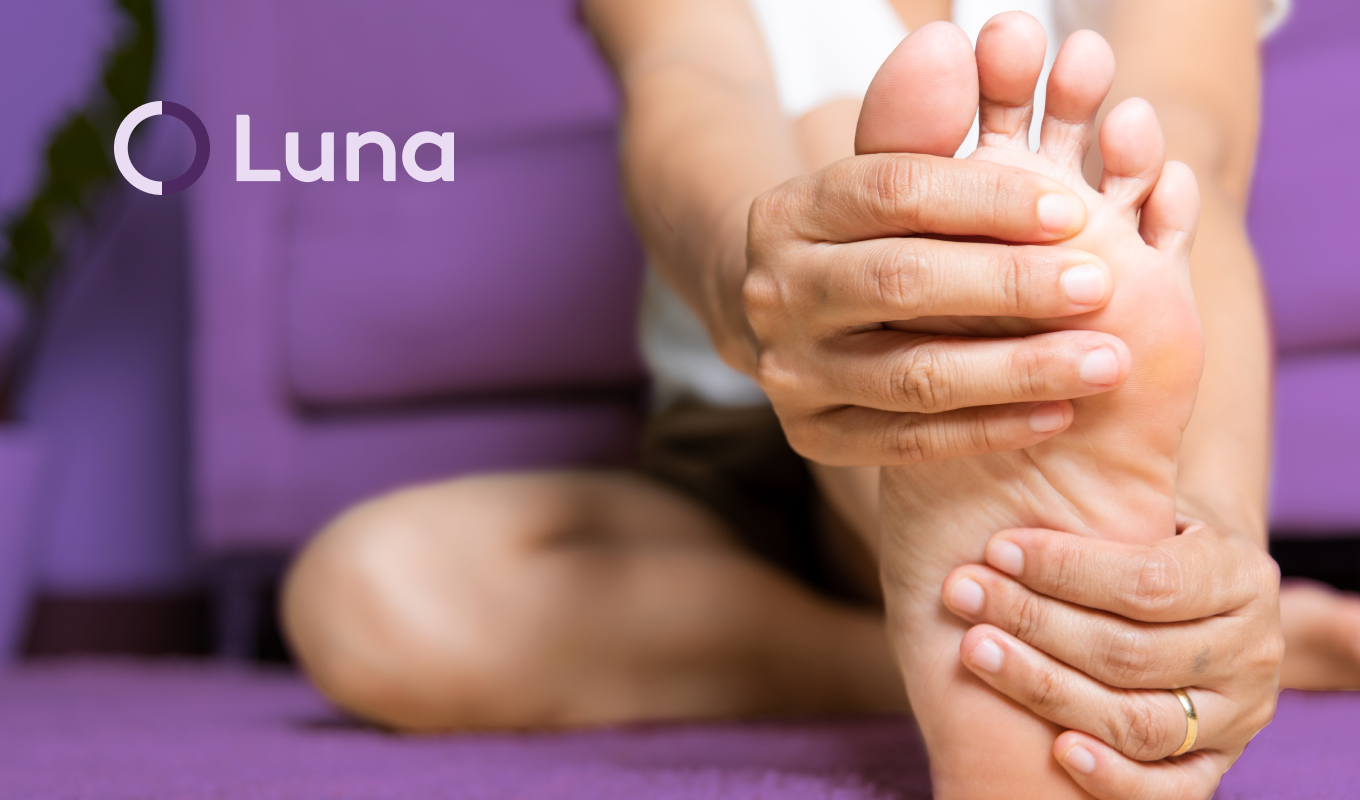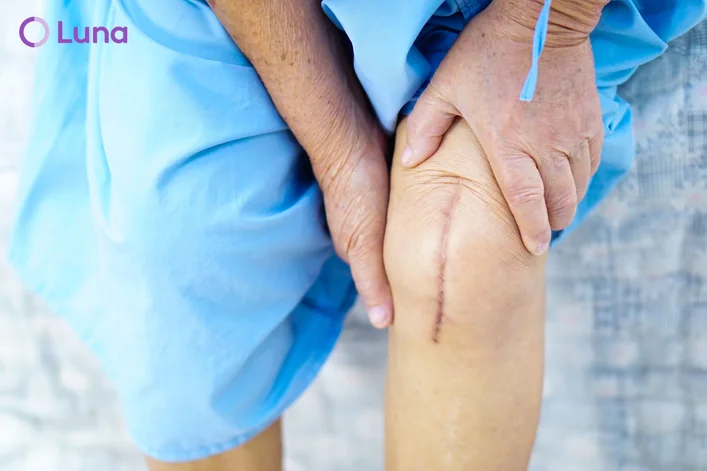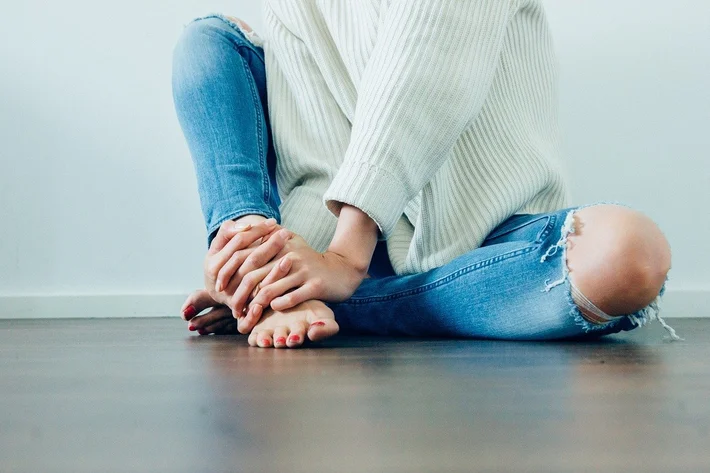
Meet with the best heel spurs physical therapists in Houston, Texas
Houston, Texas, Luna has physical therapists that specialize in treating patients with plantar fasciitis and/or heel spurs. With a focus on helping the patient return to the activities they love, our PTs design treatment plans that reduce pain, restore flexibility, improve muscle control, and help prevent re-injury.
Best of all, with Luna, patients can receive physical therapy for heel spurs wherever it’s most convenient — at home, at the gym, or even at work. Our physical therapists come to you — it’s physical therapy, delivered.

What are heel spurs?
Heel spurs are bony, sometimes painful protrusions of calcium deposit on the underside of the heel bone which can extend forward by as much as one half inch. They’re frequently associated with plantar fasciitis or inflammation of the connective tissue that attaches the heel bone to the bottom of the foot. Both of these conditions are especially common in athletes who frequently run and jump.
Many patients describe the pain associated with heel spurs as feeling like a knife is sticking into the bottom of their foot. The pain is often most intense when the patient first stands up in the morning — it usually subsides to a dull ache throughout the day. Patients may find that the pain returns if they stand after sitting. On the other hand, some patients experience no pain associated with their heel spur, and may not even realize that they have one.
While some heel spurs may require surgery, more than 90 percent of patients rely on behavioural modifications and physical therapy alone to reduce pain and increase mobility.
Source: WebMD

What causes heel spurs?
Heel spurs develop gradually over time as long-term strain on the muscles and ligaments in the heel wears down the surrounding soft tissue. Patients who participate in activities that cause repeated stress on the heels tend to be at higher risk.
Heel spurs can also be caused by a number of other activities or pre-existing conditions that put stress on the heel. Poorly-fitted, worn-out, or unsupportive shoes can increase a patient’s risk of developing heel spurs, as can excess body weight or an irregular gait. Arthritis and plantar fasciitis can also contribute to heel spurs; more than half of all heel spur cases occur in patients with plantar fasciitis.
The most common causes of heel spurs include:
- Repeated stress on the heel
- Shoes that lack proper support
- Excess body weight
- Plantar fasciitis



















